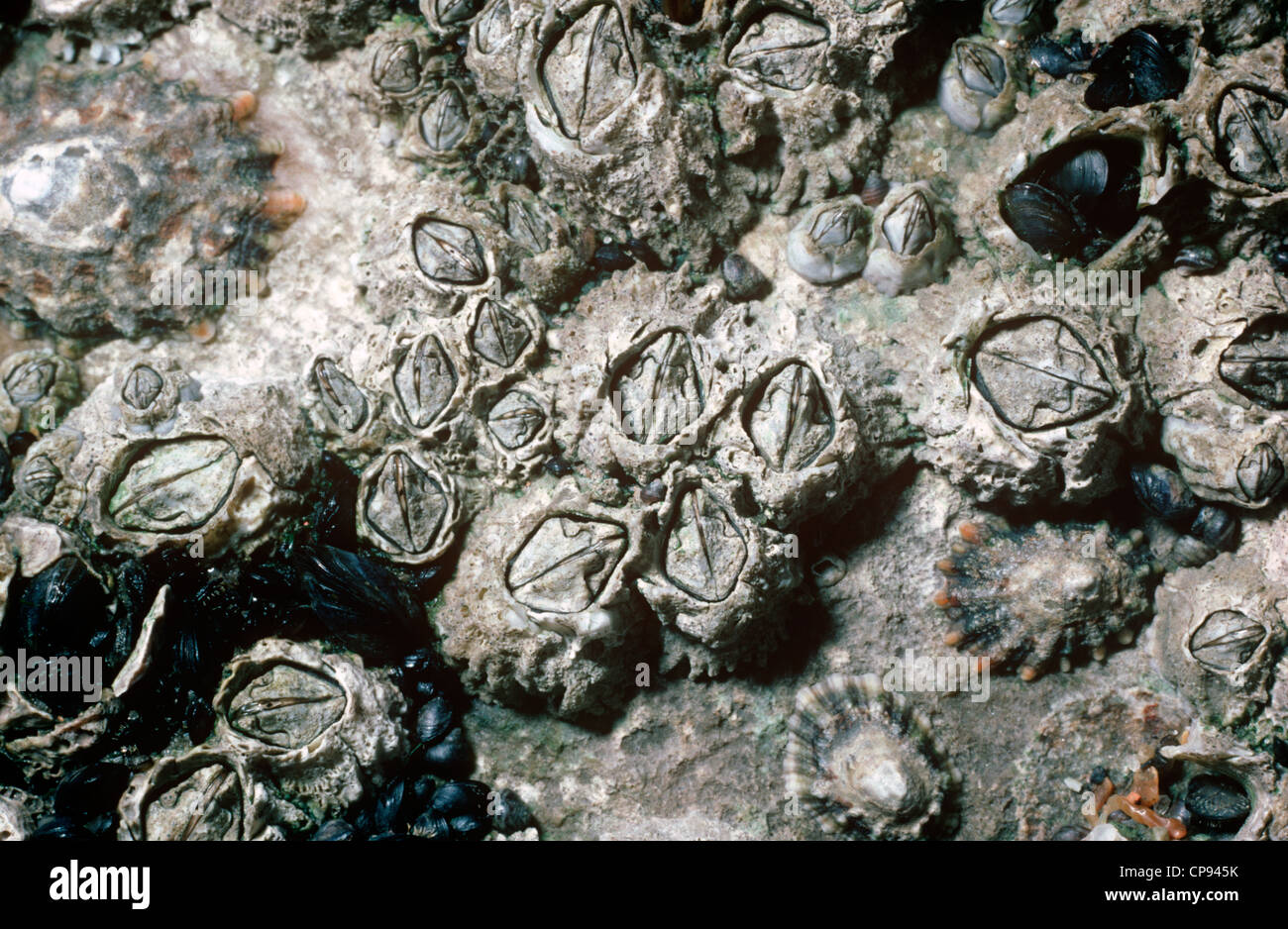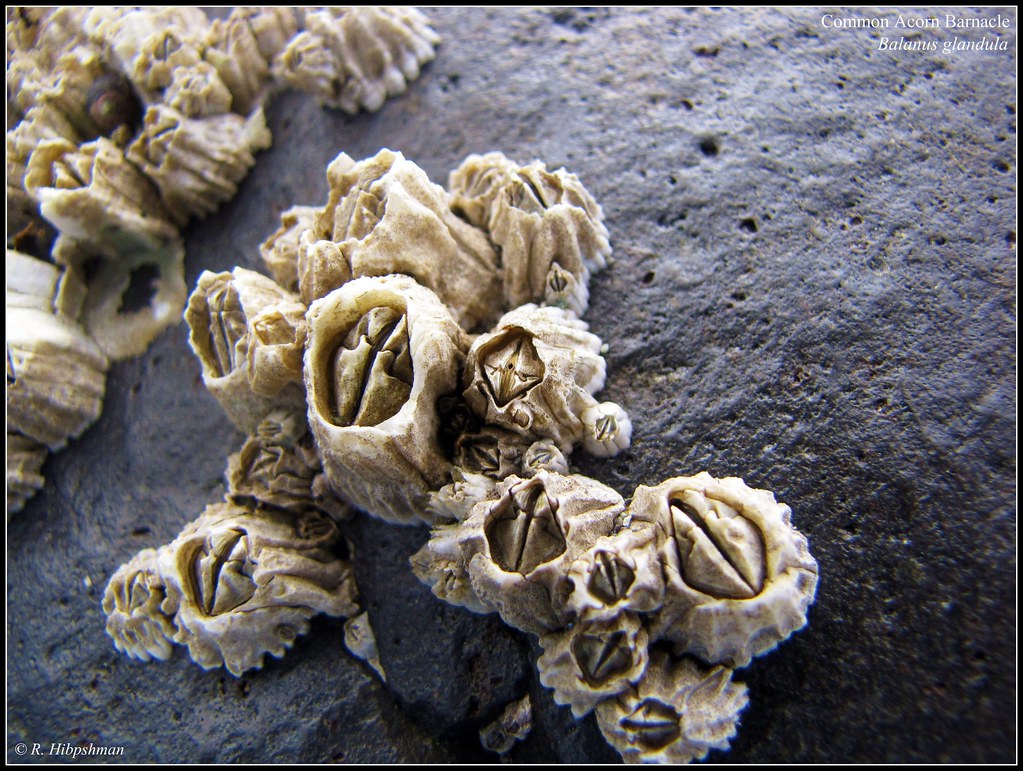
These organisms are fascinating, primarily because their adhesives are able to stick a wide range of materials together quickly and firmly in water, whereas, almost all currently available chemical adhesives fail to do so. Many marine creatures inhabiting the wave-swept seashores, such as mussels ( Waite, 2017), tubeworms ( Stewart et al., 2011b), and barnacles ( Kamino, 2006), have evolved the capability of synthesizing, secreting, and curing biological adhesives for temporary or permanent underwater adhesion. Such an understanding is the basis for the prevention of barnacle fouling on target surfaces as well as designing conceptually new barnacle-inspired artificial underwater adhesives. We believe that this review can greatly promote the general understanding of the molecular mechanisms underlying the reversible and irreversible underwater adhesion of barnacles and their larvae.
ACORN BARNACLE UPDATE
Second, we discuss the molecular mechanisms of adult barnacle underwater attachment in detail by analyzing the possible adhesive and cohesive roles of different adhesive proteins, and based on these analyses, we propose an update to the original barnacle underwater adhesion molecular model. The amino acid compositions, sequences, and structures of adult barnacle adhesive proteins are specifically highlighted.

First, we introduce the multiple adhesion events and their corresponding adhesives from two complementary aspects: the in vivo synthesis, storage, and secretion as well as the in vitro morphology and biochemistry. Here, we present a comprehensive review of the biochemistries behind these different adhesion events in the life cycle of a barnacle.

Within this life cycle, both the cyprid and the adult barnacle deposit multi-protein adhesives for temporary or permanent underwater adhesion. 3Duke University Marine Laboratory, Beaufort, NC, United Statesīarnacles are notorious marine fouling organisms, whose life cycle initiates with the planktonic larva, followed by the free-swimming cyprid that voluntarily explores, and searches for an appropriate site to settle and metamorphoses into a sessile adult.2Department of Physics, North Carolina State University, Raleigh, NC, United States.1Department of Biology and Chemistry, College of Liberal Arts and Sciences, National University of Defense Technology, Changsha, China.On open sites, barnacles are short and squat, but in crowded colonies, their bodies elongate as individuals squeeze up for a bit of space between neighbors.Chao Liang 1, Jack Strickland 2, Zonghuang Ye 1, Wenjian Wu 1, Biru Hu 1* and Dan Rittschof 3 Of several barnacle species on the West Coast, the acorn barnacle is conspicuous for its beautiful red striations. After several sweeps, the cirri are withdrawn into the body cavity, and comb-like mouthparts scrape food particles into the barnacle’s mouth.

Once they find an appropriate object, they release an adhesive substance from large cement glands at the base of their antennae, jettison their swimming legs and begin secreting calcium carbonate shells that will provide shelter for the rest of their lives.īarnacles feed by sweeping long featherlike appendages through the water to catch floating plankton. Tiny free-swimming larvae leave these colonies to seek new homes, preferentially settling on objects with the chemical odor of other barnacles. On rocks and pilings, barnacles grow in gigantic dense colonies. Everything from whales and sea turtles to crabs must either scrape off these crusty creatures or risk being engulfed by them.

Whitish barnacles encrust boats and nearly every other solid object that spends time submerged in salt water.


 0 kommentar(er)
0 kommentar(er)
